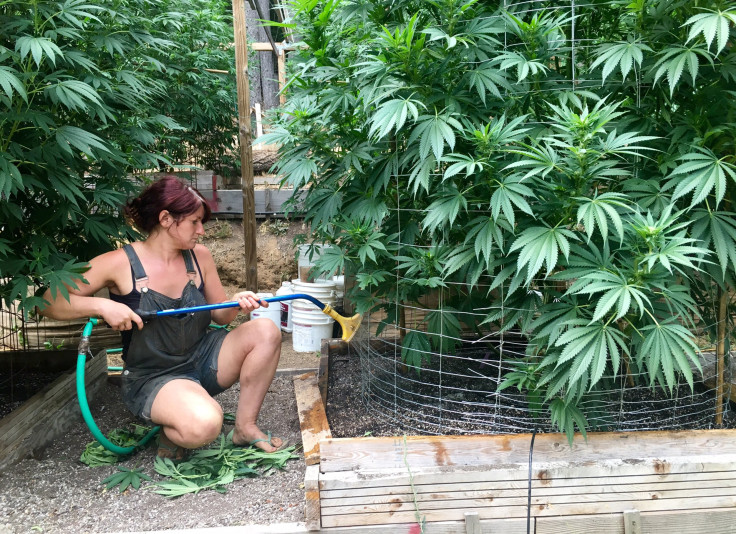Jobs Update: Marijuana Industry To Create 250,000 Positions By 2020, Outpacing Manufacturing And Others

Throughout President Donald Trump’s campaign for the White House, and even after he was elected in November, he promised to create jobs — specifically, manufacturing jobs. But perhaps Trump should be looking somewhere else: the cannabis industry.
The legal cannabis market was expected to create more than a quarter of a million jobs by 2020, according to a report from New Frontier, which offered a few of its findings to The Cannabis before publication. In contrast, the manufacturing industry was expected to lose 814,000 jobs by 2024, according to data from the Bureau of Labor Statistics.
The cannabis industry was also projected to outpace the agriculture and utilities industries, as well as the federal government, which are expected to lose 6 to 14 percent of their workforce by 2024.
The projections from New Frontier only included the 25 states which have already legalized medicinal marijuana and seven states with legal recreational marijuana. If more state legislatures vote to legalize cannabis, those projections could change.
“This is a fast-paced, changing market with varying different dynamics that have more to do based on governmental and regulatory dynamics than they do on consumer dynamics,” Andrew Livingston, director of economics and research for cannabis law firm Vicente Sederberg LLC, told The Cannabis.
Last year, the legal cannabis market was worth about $7.2 billion, according to estimates, and industry experts predicted it would grow at a compound annual growth rate of 17 percent.
Other industries that were expected to several add jobs in the next few years include health care, construction, private educational services, professional and business services and mining, according to BLS data. The health care industry was projected to grow by 21 percent by 2024; construction was predicted to see 13 percent growth; private educational services by 10 percent; professional and business services by 10 percent; and mining by 10 percent.
© Copyright IBTimes 2024. All rights reserved.






















